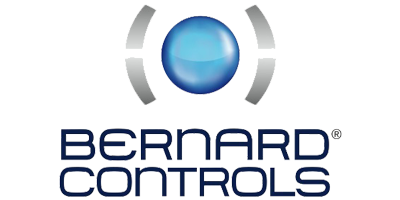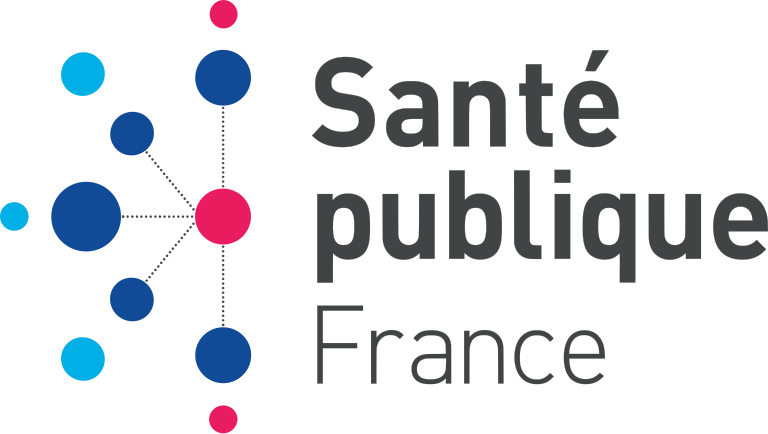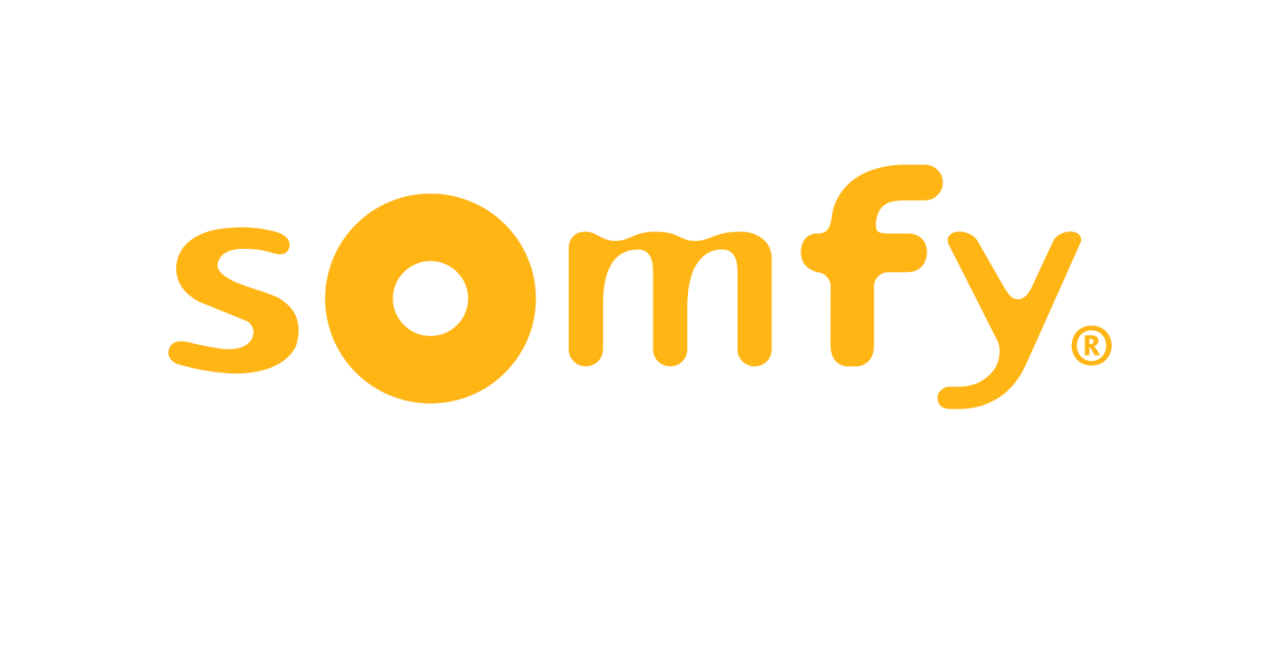Business expertise
Purchasing performance and eco-design
Purchasing performance and eco-design in the current context, marked by economic and geopolitical constraints as well as growing environmental demands, the purchasing function has a key role to play. The joint and interlinked development of purchasing and eco-design practices makes it possible not only to meet economic imperatives but also to respect environmental commitments in a rapidly changing world.
Your challenges
In the current context, which favours more local and responsible design and procurement, the purchasing function is becoming a genuine creator of value. It is tackling major challenges in a number of key areas, working to optimize purchasing and improve the company’s environmental performance.
Sustainable sourcing
- Selecting responsible suppliers with a CSR policy
- Adjusting supply chains to incorporate sustainable practices (packaging, green logistics, etc.)
- Reducing emissions from scopes 1, 2 & 3
Regulatory compliance
- Monitoring and anticipating changes in legislation and standards – CSRD
- Adapting processes to new requirements
Cost management
- Integrating the carbon footprint into full-cost choices
- Exploring the possibilities of the circular economy
Product innovation
- Integrating environmental criteria from the product design phase, promoting eco-design
- Working with suppliers to develop high-performance, eco-responsible products, in particular by using recycled materials
Digital transformation
- Pragmatically integrating digital tools and AI to optimize purchasing /li>
- Using data analysis to improve decisions in the purchasing process
Our convictions
Align strategies and create a collective culture focused on value and a long-term vision
- Breaking down silos to align purchasing strategies with the company’s long-term strategy
- Integrate CSR and eco-design elements to think in terms of full cost, over the life cycle of products and services
- Play an active role in reducing the carbon footprint via the purchasing function
Knowing how to use tools and data to manage and anticipate more effectively
- Mastering new tools to maximize the value of data
- Using data to make rapid, robust and shared decisions
Anticipating, managing and prioritizing risks
- Analyze and categorise purchases according to their strategic importance in order to prioritize risk management
- Implement management strategies tailored to each risk category
- Optimize the flow of information to minimise risks and facilitate accurate and rapid decision-making
Making eco-design of products a major challenge for value creation
- Involve the purchasing function in eco-design from the design phase onwards
- Working closely with suppliers to integrate their social and ecological constraints
- Move from a ‘cost reduction’ vision to a ‘value creation and carbon reduction’ vision by promoting sustainable innovation
Integrating strategic suppliers into the innovation process
- Turn strategic suppliers into long-term R&D partners
- Promote collaboration and transparency to ensure beneficial interdependence with suppliers
Our solutions
and expertise
Our teams combine business expertise with advanced skills in digitising the purchasing function.
Our aim is to transform the image of Purchasing from ‘Cost hunters’ to ‘Value creators and carbon hunters’.
Purchasing Strategy & Sourcing Master Plan
- Definition of a sourcing master plan
- Cost optimization through a full costing process
- Monitoring the purchasing carbon footprint
- Definition of the best sourcing basins
Eco-design of products & Innovation
- Eco-design – Calculating and reducing environmental costs
- Taking account of design-related risks
- Defining and implementing a modular product policy
Deployment of a Lean culture and progress projects
- Implementation of supplier risk prioritization and management processes using issues and occurrence matrices
- Digitalization of supplier risk management and use of internal and external data
- Definition of supplier risk security plans
Inclusion of purchasing risks in Supply & Business routines
- Diagnosis of the existing situation as part of a cross-functional approach
- VSM (Value Stream Mapping) across the entire value chain to ensure consistency from capacity to suppliers
- Aligning procurement processes with S&OP routines
Packaging improvement
- Definition and research into packaging for closed-loop flows integrating tracking tools (RFID) & full-cost balances
- RFI / RFQ for reusable packaging
- Definition and research into end-customer packaging
Cost optimization & supplier performance
- Cost reduction through the implementation of ‘Design to cost’ and modular design approaches
- Monitoring and improving supplier performance
Your gains

Economic benefits
- Reduced transport and material costs
- Optimization of stocks and reduction in wastage
- Increased productivity
- Reduced operational costs

Environmental benefits
- Reduction in CO2 emissions
- Lower energy consumption
- Use of recycled and renewable materials
- Optimized use of natural resources

Increased trust
- Increased collaboration between customers and suppliers
- Integrate suppliers into your own innovation strategy
- Transformation of the role of buyers
- Definition of an ethical and responsible purchasing policy

A Project ? Contact us
Head of Purchasing and Eco-design Consultancy
After more than 15 years in the automotive industry, in operational positions in purchasing, supply chain and R&D, Vincent is now working as a consultant on projects to improve the performance of the entire operational value chain, including suppliers.
Specializing in supply chain performance, industrial organization and lean manufacturing, he uses his experience in purchasing and on large-scale projects to improve the processes of purchasing and design functions.
Pragmatic and adaptable, he works with both large groups and SMEs, with central functions or on production sites.
Among
our references

Supplier Development Strategy for the Boston Bio Campus

Global supplier risk management

Risk anticipation strategy through multisourcing and operational consulting

Sourcing pool strategy by technology & supplier qualification
Case study


Supplier Development Strategy for the Boston BioCampus
Our intervention
- Pilot actions focused on priority suppliers – those who represent the greatest risk of shortage for the company
- Use of the Group Supplier Performance Tracker (SPF) – Sanofi’s internal tool
- Global approach to Supplier Relationship Management (SRM)
- Definition of the risk mitigation plan for the main GMIDs
The results
- Integrate Group standards, relevant departments and necessary data into a coherent approach
- Synchronize the necessary resources, roles and responsibilities in an integrated action plan
- Deliver results on pilot suppliers while building a sustainable approach with the implementation of best practices
- Anticipate risk mitigation and improve the punctuality of supplier deliveries (OTIF)